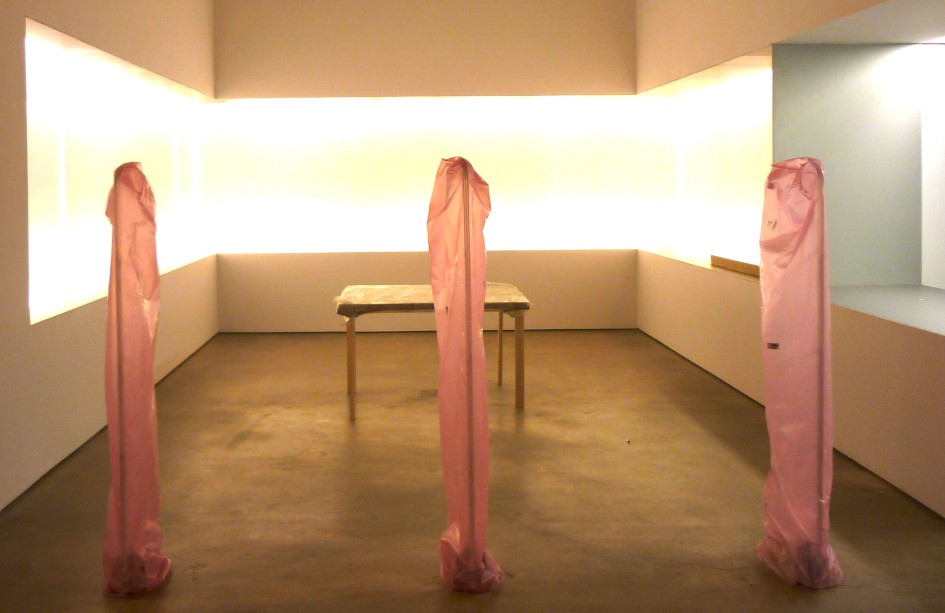Friday 23 October, 10.00am – 5.00pm, followed by drinks
Room 101, 30 Russell Square, London WC1B 5DT
A colloquium organised by Dr Lesley McFadyen, Department of History, Classics and Archaeology, Birkbeck, and co-hosted with the Birkbeck Institute for Social Research
The concept of architectural design is accounted for on separate terms to the world in which it emerges – it is not socially dependent. Yet, there are building projects where the past plays a creative part in the design process.
In archaeology, an exploration of temporal details can unsettle the sequence of design followed by occupation and instead reveal how people design with living.
In between these two disciplines, ethnographic accounts of making demonstrate how design emerges through routine practices of reiteration and alteration. Architecture in time considers the social complexity of buildings, it brings to the fore time as a creative force in design, and makes architecture depend on society.
Key themes: the production of architecture, architecture and participation, the temporality involved in the mediation between matter and form, and the relation between design and occupation.
* Please click on the paper titles to listen to the sound recordings of the presentations.
Speakers:
Ayla Lepine (University of Essex), ‘Revivalism and Meaning in Architecture: Three Case Studies’
Tim Flohr Sørensen (University of Copenhagen), ‘Architecture after People: Emergence, Emergency and Unexpected Buildings’
Freddie Phillipson (WWMArchitects and London Metropolitan University), ‘Endless: Topography, Temporality, Architecture’
Albena Yaneva (University of Manchester), ‘Slowing Down: Temporality in Building Renovation and the Escape from Perspective‘
Lesley McFadyen (Birkbeck, University of London), ‘Buildings within Time: Inhabitation as a Part of Design Practice‘
Thomas Yarrow (University of Durham), ‘Working from the Past: Towards an Understanding of the Temporal Technologies of Heritage Practice‘
Jonathan Hill’s (UCL) reflections on the future connections



